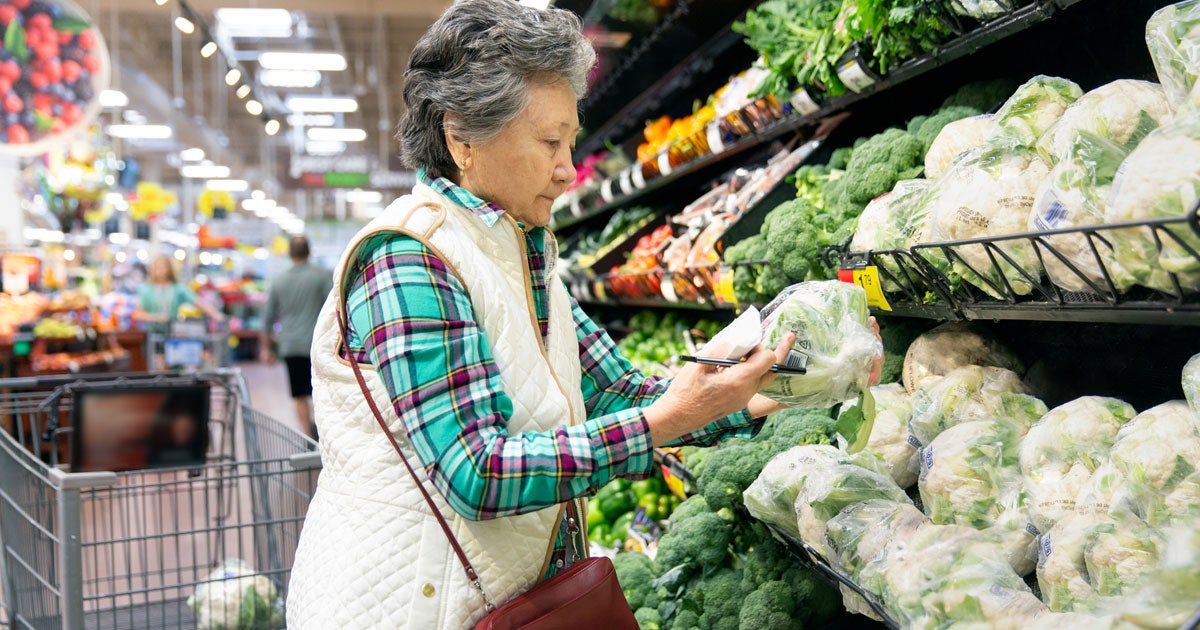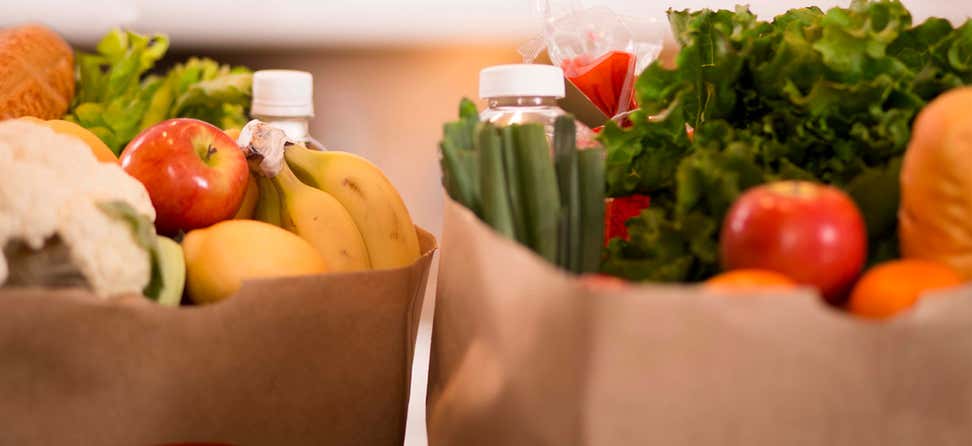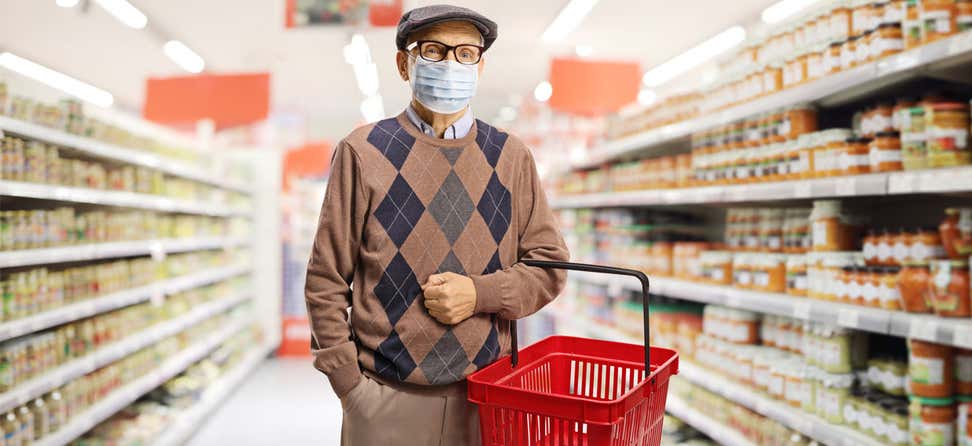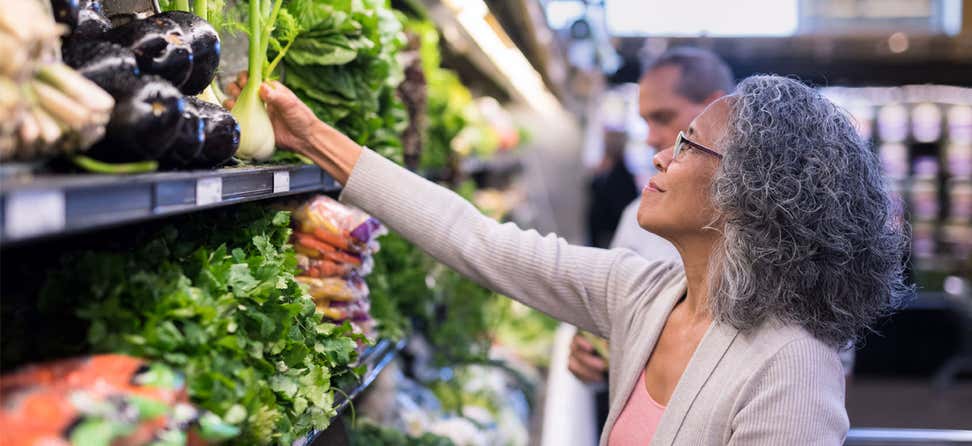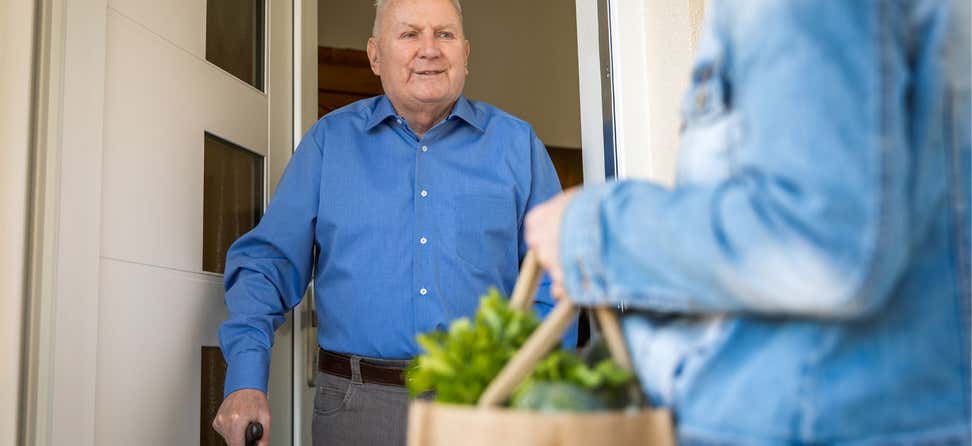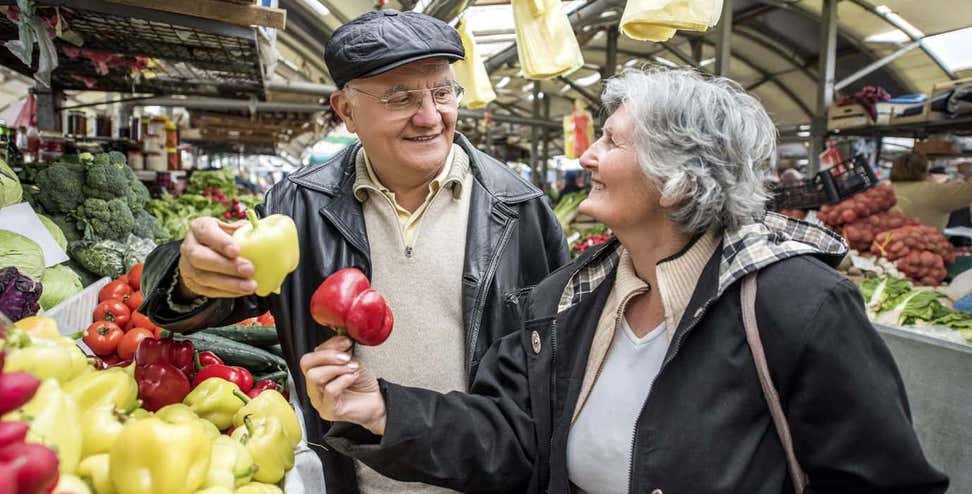Key Takeaways
Roughly 7.3 million older adults are food insecure in the U.S.
Participation in the nation's largest food safety net program, the Supplemental Nutrition Assistance Program (SNAP), has steadily increased over the past decade, yet still only 48% of older adults who qualify are enrolled.
Seniors with disabilities, living in southern/western states, and younger than 70 are more likely to face food insecurity.
In the U.S., roughly 5 million low-income adults aged 60+ rely on the Supplemental Nutrition Assistance Program (SNAP) to stay healthy and make ends meet. On average, households with elderly individuals receive $120 per month to help put food on the table.
Here are some more key facts about SNAP and senior hunger.
Too many seniors are going hungry
- Millions of older Americans are at risk for hunger. In 2018, 7.3 million older Americans faced the threat of hunger, representing 10% of adults aged 60+ in the U.S.
- Food insecurity is greater among minority older adults. Feeding America's annual State of Senior Hunger report (the latest of which used 2018 data) found that food insecurity is greatest among those who are racial or ethnic minorities, those who are younger (ages 60-69), and those who rent rather than own their homes.
Too few seniors are enrolled in SNAP
- A little over half of all seniors who qualify for SNAP do not participate. While there has been a steady increase in senior SNAP enrollment over the past decade, only 48% of those who are eligible for the program are enrolled.
- Several factors contribute to the low participation rate. Many seniors face barriers related to mobility, technology, and stigma and are discouraged by widespread myths about how the program works and who can qualify.
Some groups of seniors are more affected
Seniors are more likely to be food insecure if they:
- Live in the South or the West: In 2018 the states with the highest rates of senior food insecurity included Alabama, Kansas, Louisiana, Mississippi, Nevada, New Mexico, Oklahoma, Texas, and West Virginia.
- Are aged 60-69.
- Have a disability: Older adults with disabilities are more than 2.5 times as likely to be food insecure as their non-disabled peers.
SNAP is a good investment
- SNAP improves health outcomes. Food insecure seniors are worse off for a wide array of health outcomes. They have lower nutrient intakes and are more likely to suffer from diabetes, depression, limitations in activities of daily living (ADLs), high blood pressure, congestive heart failure, heart attacks, gum disease, and asthma.
- SNAP stimulates the economy. The USDA Economic Research Service has estimated that $1 billion in SNAP benefits would generate an additional $32 million the U.S. agricultural industry.
NCOA's role
NCOA provides several resources that help eligible individuals find and apply for benefits that pay for food.
Senior SNAP Initiative
With generous support from the Walmart Foundation, NCOA has awarded over $2 million in grant funding to community-based organizations to assist older adults (i.e., age 60 and over) in applying for and enrolling in SNAP. NCOA supports their and other organizations’ efforts through outreach and enrollment tools.
BenefitsCheckUp®
BenefitsCheckUp® is the nation’s most comprehensive free, online service to screen seniors with limited income for benefits. It includes more than 2,000 public and private benefits programs from all 50 states and the District of Columbia. Over 9 million people have used BenefitsCheckUp® to identify benefits valued at over $38 billion to help them pay for food, medicine, health care, rent, utilities, and other daily needs. Download your state’s SNAP application at BenefitsCheckUp.org/getsnap or complete a full screening at BenefitsCheckUp.org.



